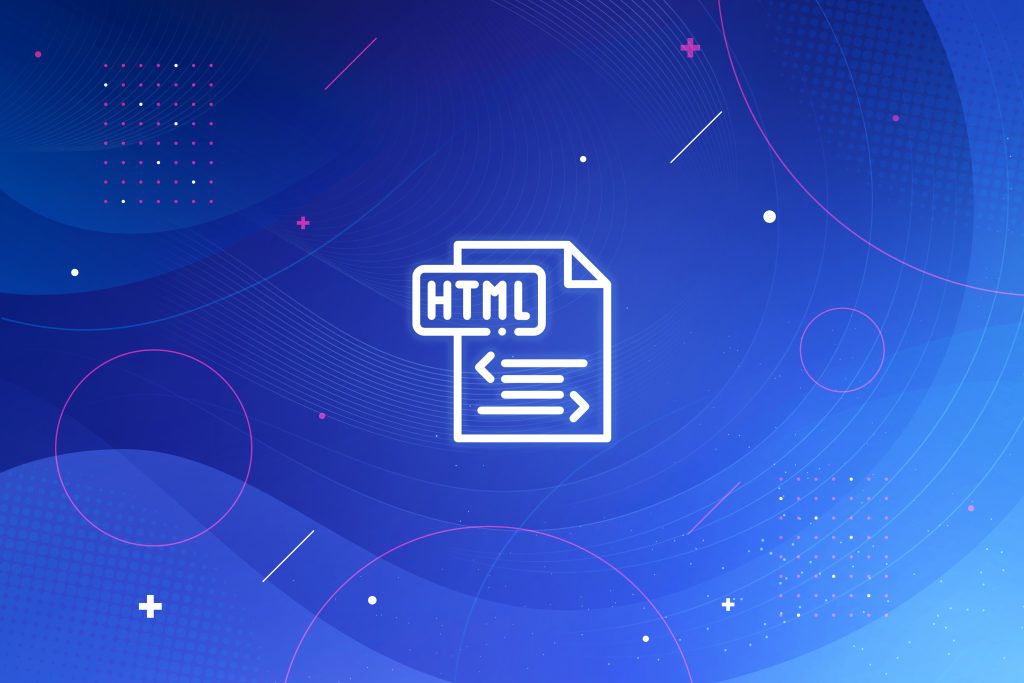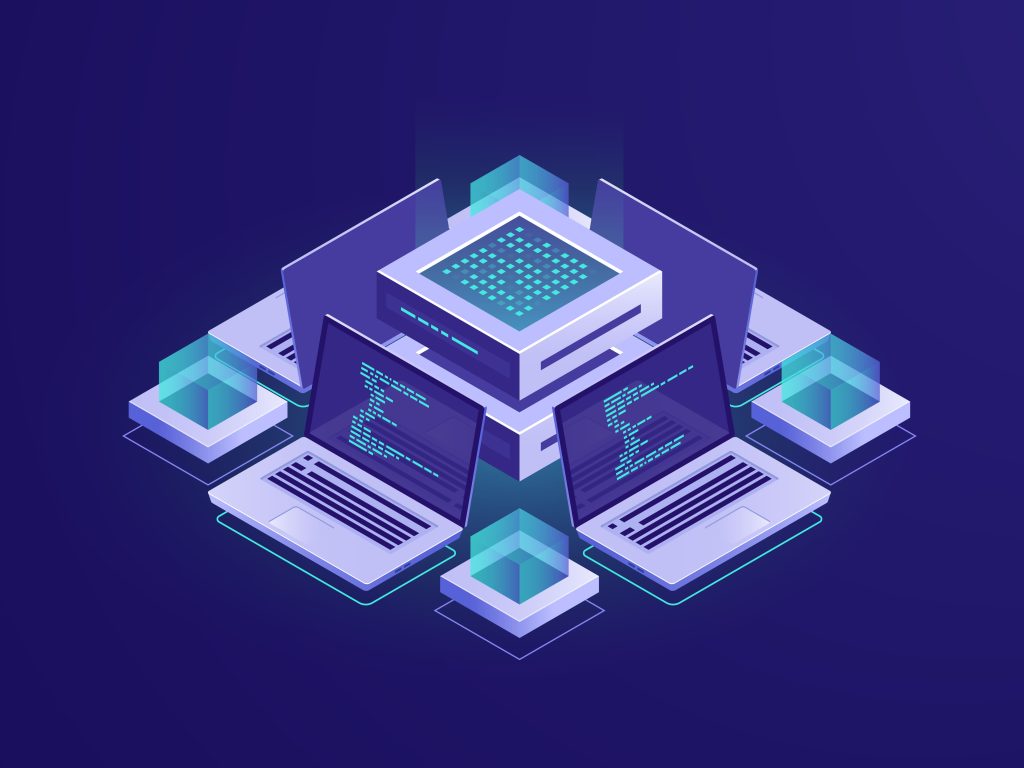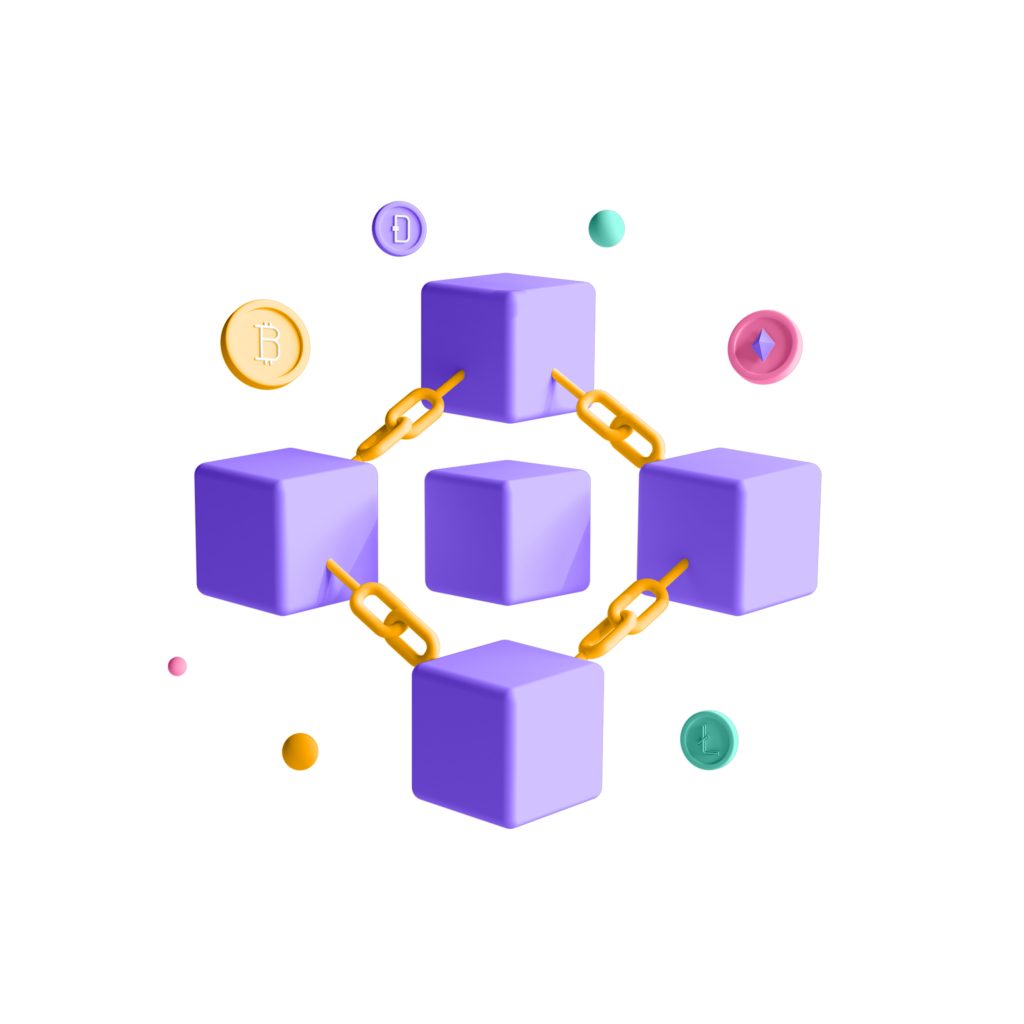What Are Web 1, Web 2 & Web 3?
We’ve surely heard a lot about Web3 and how it is the new future. But, what exactly is Web3? How is it different and better than Web1 and Web2? Let’s get through the meaning of Web1, Web2, and Web3 and get the answers that you’re looking for.
Web1, Web2 & Web3
The terms Web1, Web2, and Web3 describe the different stages in the evolution of the World Wide Web. Basically, the main differences between these three stages are the level of interactivity, the types of content being created, and the fundamental technologies that support them.
Web 1.0 (Static Web)
The first version of the Web consisted of a few people creating web pages and content for a large group of readers. Web1 would sometimes be called “the read-only Web” or “static web” because most websites were basic and consisted mostly of static HTML pages.
Users could access the pages to find the data that they were searching for, but the genesis Web lacked interactivity and user-generated content (UGC) features. Not to mention, Web1 was also expensive and hard to use. Thus, the limited adoption among masses due to the entry barriers. Nevertheless, this is normal for every new technology created.
Web 1.0 characteristics:
- It is made up of static pages that are linked to a system via hyperlinks
- It contains HTML 3.2 elements such as frames and tables
- HTML forms are sent via email
- The content is derived from the server’s file system rather than a relational database management system
- It has graphics and GIF buttons
Web 2.0 (Social Web)
Now, this stage of the Web represents a shift towards more dynamic and interactive websites where users can contribute and engage with one another. Web2 or “participative social web” sees the rise of social media platforms, blogs, as well as more advanced technologies like JavaScript, AJAX and APIs that allow for real-time updates and interactions. This of course, comes with the user-generated content (UGC) feature being heavily emphasised.
As a result, Web 2.0 is considered the current primary form of web interaction, gathering around 5.16 billion people globally, of which 4.76 billion are social media users (as of January 2023).
Web 2.0 characteristics:
- It provides free information sorting, allowing users to retrieve and categorise data in bulk.
- It has dynamic content that responds to user input
- It makes use of created application programming interfaces (API)
- It encourages self-use and allows for interactions such as podcasting, social media, tagging, blogging, commenting, using RSS to curate, social networking and voting on web content
- It is used by society as a whole, rather than just specific communities.
It is believed that these three factors contribute to shaping the Web2 that we know today.
| MOBILE | Smartphones move us from a few hours per day at our desktops to “always connected”. Our lives are ruled by apps and notifications. |
| SOCIAL MEDIA | Facebook, Instagram and Twitter have encouraged us to show our faces and break free from anonymity. They make it simple to create, share, interact, and recommend content. The increased mobile internet access and the rise of social networks have both contributed to the drastic growth of Web 2.0. The growth of Web 2.0 enabled apps like TikTok, Twitter, and YouTube to expand and dominate the online landscape. This explosion is also fueled by the overwhelming popularity of mobile devices like Android-powered devices and iPhones. |
| CLOUD COMPUTING | Amazon, Google, and Microsoft make it inexpensive to build on the internet. Instead of purchasing and maintaining costly hardware infrastructure, you can now rent it at a low cost from vast data centres all over the world. |
Despite being the common foundation for many web applications that we use today, there are a few drawbacks about Web2 that have been the subject of controversial discussions. This includes data privacy concerns where Web2 stores user data on centralised servers, making it vulnerable to data breaches and easier for governments to monitor user activity; and limited innovation due to it being dominated by large corporations.
This is where Web3 differs from Web2 where it provides improved security, trust, and privacy. Many people regard Web3 as the decentralised web, which will rely heavily on decentralised protocols.
Web 3.0 (Semantic Web)
Finally, the new Web iteration. Web3 is based on the core ideas of decentralisation, openness, and improved user utility. This stage of Web interaction and utilisation is also known as “read, write, and execute Web” and shifts users away from centralised platforms such as Facebook, Google, and Twitter and towards decentralised, nearly anonymous platforms.
The emergence of Web3 has allowed the development of new technologies such as intelligent personal assistants, advanced search engines, and autonomous systems. Eventually, users will get to interact, exchange information, and conduct secure financial transactions without the need for a centralised authority or coordinator, and, instead of simply being a content user, each user becomes a content owner.
Web 3.0 characteristics:
- The web technology at this stage evolves into a tool that allows users to create, share, and connect content through search and analysis.
- It employs Artificial Intelligence and Machine Learning. When these ideas are combined with Natural Language Processing (NLP), the result is a computer that is smarter and more responsive to user needs thanks to Web 3.0.
- It depicts the interconnection of various devices and applications via the Internet of Things (IoT). This process is made possible by semantic metadata, which allows all available information to be effectively leveraged. Furthermore, people can connect to the Internet at any time and from any location, without the need for a computer or smart device.
- It allows users to interact publicly or privately without having an intermediary expose them to risks, giving people “trustless” data.
- It employs 3D graphics. This is already evident in computer games, virtual tours, and e-commerce.
- It allows for participation without the need for authorization from a governing body. It has no permission.
Conclusion
To simplify, Web 1.0 is known as the “read-only Web” or “static Web”, Web 2.0 the “participative social Web” or “social Web”, and Web 3.0 the “read, write, executive Web” or “semantic Web”.
Sure, there have been a few shortcomings involving Web 3.0 due to technological limitations such as how expensive and difficult it is to convert human language into something that computers can understand. But keep in mind that this next stage of Web has not been completely implemented yet and is still under progress.
In fact, various elements of Web 3.0 have been integrated into our Internet experiences such as blockchains, NFTs, DAOs, DeFi, dApps, and Metaverse. With that, we could only imagine a new realm of the Web with endless possibilities for the future.









